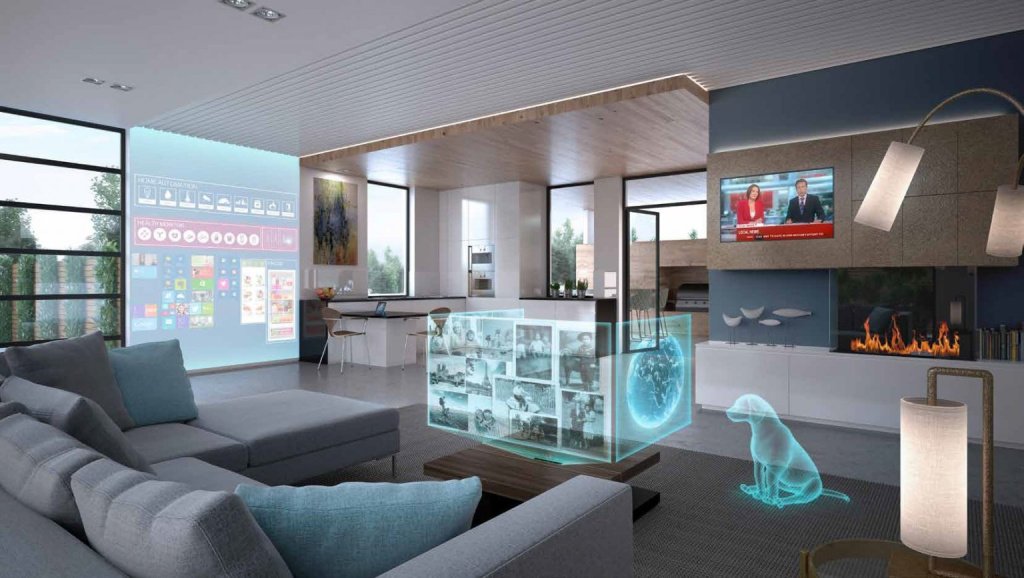In the past decade, our homes have transformed from passive shelters into intelligent, responsive environments. The rise of smart home technology has brought about a lifestyle revolution, making our living spaces more secure, energy-efficient, and convenient than ever before. In 2025, smart homes are no longer a luxury for the tech-savvy elite—they’re becoming a standard feature in modern living. This evolution reflects a deeper integration of artificial intelligence, the Internet of Things (IoT), and cloud computing into our daily routines, changing the very fabric of domestic life.
What Exactly Is a Smart Home
A smart home is a residence equipped with devices and systems connected via the internet, enabling them to be remotely monitored, controlled, and automated. This includes everything from smart thermostats and lighting systems to voice assistants, security cameras, smart locks, and connected appliances. These devices communicate with each other and with users through central hubs, apps, or voice commands. The goal is to enhance comfort, security, and efficiency—allowing homeowners to customize their environment to match their habits, preferences, and needs.
Voice Assistants and the Power of AI
Voice-controlled smart assistants like Amazon Alexa, Google Assistant, and Apple Siri play a central role in managing smart homes. In 2025, these AI assistants are more intelligent and responsive than ever, capable of understanding natural language, learning from user behavior, and integrating with a vast array of smart devices. Users can control lighting, play music, adjust thermostats, lock doors, and even make online purchases through simple voice commands. These assistants act as the brain of the smart home, offering convenience and hands-free control that redefine everyday tasks.
Smart Security Protecting Homes the Modern Way
Home security has seen a dramatic upgrade with the integration of smart technology. Modern smart homes feature high-definition video doorbells, motion-detecting cameras, smart locks, and real-time mobile alerts. Facial recognition and geofencing enable automatic locking and unlocking, while AI algorithms can distinguish between family members, pets, and potential intruders. These systems allow homeowners to monitor their property from anywhere in the world, enhancing peace of mind and reducing reliance on traditional alarm systems.
Energy Efficiency and Sustainability

One of the biggest advantages of smart homes is their potential for energy conservation. Devices like smart thermostats (e.g., Nest, Ecobee), automated blinds, and energy-monitoring plugs help reduce unnecessary energy use. They learn user behavior and adjust settings to optimize energy consumption without sacrificing comfort. In 2025, many smart homes are also integrated with solar panels and home batteries, allowing them to store renewable energy and reduce reliance on the grid. This shift not only cuts electricity bills but also promotes a greener, more sustainable lifestyle.
The Role of IoT and Interconnectivity
The Internet of Things (IoT) is the foundation of the smart home ecosystem. It enables seamless communication between devices, such as a refrigerator that suggests recipes based on its contents, or a washing machine that starts automatically when electricity rates are lowest. As 5G connectivity becomes widespread, latency is reduced and device communication is faster and more reliable. In 2025, homes have become dynamic ecosystems where appliances, utilities, and services interact intelligently to simplify decision-making and daily management.
Smart Kitchens and Appliances: Cooking with Tech
Smart kitchens are one of the most exciting developments in the smart home evolution. Refrigerators now feature touchscreen displays, internal cameras, and inventory tracking. Smart ovens can be preheated remotely or controlled with voice commands, while coffee makers start brewing when your alarm goes off. Kitchen appliances now connect with recipe apps and meal planners, making cooking easier for beginners and more efficient for busy families. These innovations make the kitchen not only smarter but also safer and more intuitive.
Health Monitoring and Wellness Features
Smart homes are also enhancing health and wellness. Devices like smart air purifiers, humidity sensors, and sleep trackers contribute to better indoor environments and personal well-being. In 2025, many homes come equipped with smart toilets that can analyze health data through biosensors, detecting issues like dehydration or nutrient deficiencies. Smart beds adjust firmness based on your sleep cycle, while lighting systems shift color temperature to promote better sleep. These technologies create a home that actively supports a healthier lifestyle.
Affordability and Accessibility in 2025
While early smart homes were expensive and complex to set up, the market in 2025 has become far more affordable and user-friendly. Most devices are now plug-and-play, with mobile apps guiding users through easy setup. Entry-level smart home bundles are available for under $200, making automation accessible to renters, students, and small families. Open-source platforms and cross-brand compatibility also mean users aren’t locked into a single ecosystem, enabling greater customization and control over their environment.
Conclusion
As we look beyond 2025, smart homes will continue to evolve with advancements in AI, robotics, and machine learning. Homes will become more predictive, understanding behavior patterns and proactively adjusting conditions. Home robots may soon become commonplace, assisting with cleaning, childcare, or companionship. Privacy and cybersecurity will remain critical concerns as more data flows through interconnected devices. However, the benefits of smart living—comfort, efficiency, safety, and sustainability—will continue to drive widespread adoption, shaping the future of how we live, work, and thrive at home.

Leave a Reply